Harry Potter’s World: Renaissance Science, Magic and Medicine, will be coming to Falk Library February 14, 2011, through March 26, 2011. This exhibit will bring to light the similarities between Renaissance traditions—such as alchemy, astrology, and natural philosophy that played an important role in the development of Western science—and the magic, science and medicine created by J.K. Rowling in her Harry Potter novels.
Please join us for these special events:
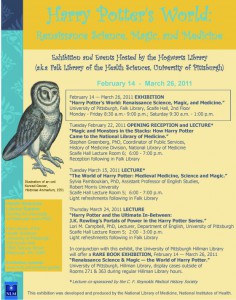
OPENING RECEPTION:
February 22, 6-7 p.m., Scaife Hall, Lecture Room 6
Stephen Greenberg, PhD, coordinator of Public Services, History of Medicine Division, National Library of Medicine, will present “Magic and Monsters in the Stacks: How Harry Potter Came to the National Library of Medicine.”
*There will be a public reception in Falk Library following the lecture.
MARCH LECTURES:
March 15, 6-7 p.m., Scaife Hall, Lecture Room 5
Sylvia Pamboukian, PhD, assistant professor of English Studies at Robert Morris University, will discuss “The World of Harry Potter: Medieval Medicine, Science, and Magic.”
*Light refreshments will be served in Falk Library following the lecture.
March 24, 2-3 p.m. Scaife Hall, Lecture Room 5
Lori Campbell, lecturer and departmental advisor, Department of English and Film Studies Program at the University of Pittsburgh, will be presenting “Harry Potter and the Ultimate In-Between: J.K. Rowling’s Portals of Power in the Harry Potter Series.” Light refreshments will be served in Falk Library following the lecture.
*These lectures are co-sponsored by the C.F. Reynolds Medical History Society.
FREE MOVIE NIGHTS:
The Harry Potter movies are being shown the second Monday of the month in Scaife Hall, Lecture Room 6, at 7 p.m. Take a break from studying and enjoy these movies along with the free popcorn!
Harry Potter and the Order of the Phoenix will be shown Monday, February 14, 2011.
Harry Potter and the Half-Blood Prince will be shown Monday, March 14, 2011.
Please take the time to visit and enjoy this fascinating exhibit while it is here at HSLS. Learn about the link between the fantasy world of Harry Potter and the Renaissance traditions that lead the way to the science and medicine of today. We invite all of you to test your Harry Potter knowledge and experience the roots of modern day medicine.
This traveling exhibit is produced by the National Library of Medicine.
~ Rhoda Ludin

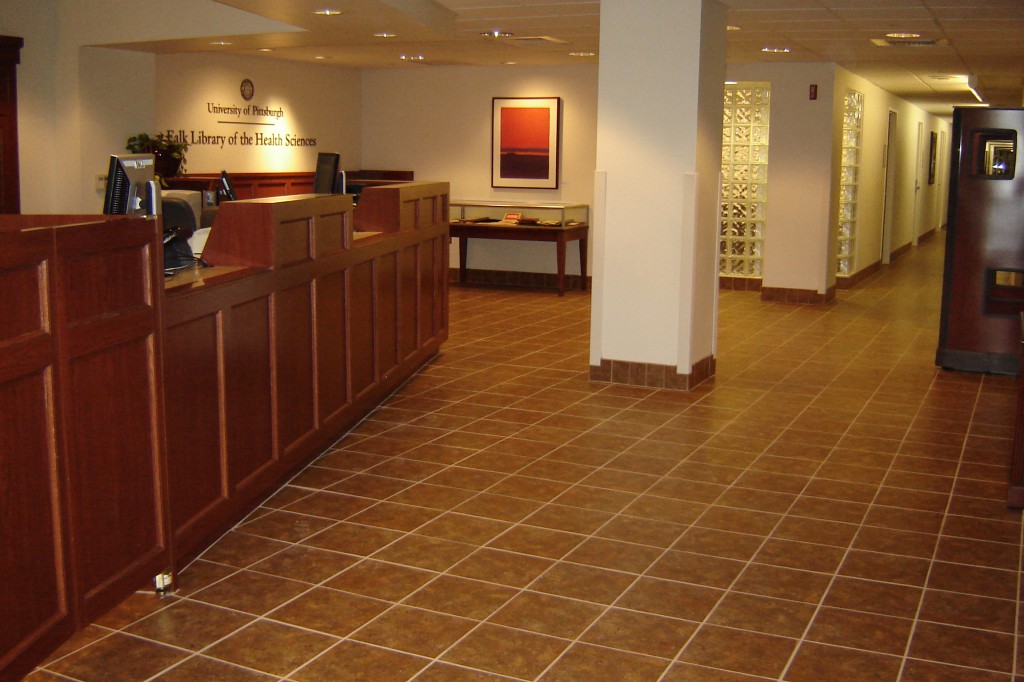 Falk Library began the new year with a remodeled entry featuring new security standards near the front doors and new flooring.
Falk Library began the new year with a remodeled entry featuring new security standards near the front doors and new flooring.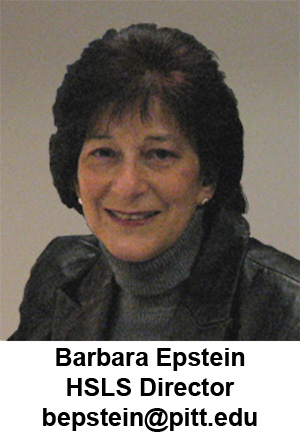 As the vanguard of the baby boomer generation becomes eligible to apply for Medicare in 2011, a significant percentage of librarians will retire in the next five to ten years. HSLS is deeply committed to development of the next generation of health sciences librarians, and we contribute to that effort in many ways.
As the vanguard of the baby boomer generation becomes eligible to apply for Medicare in 2011, a significant percentage of librarians will retire in the next five to ten years. HSLS is deeply committed to development of the next generation of health sciences librarians, and we contribute to that effort in many ways.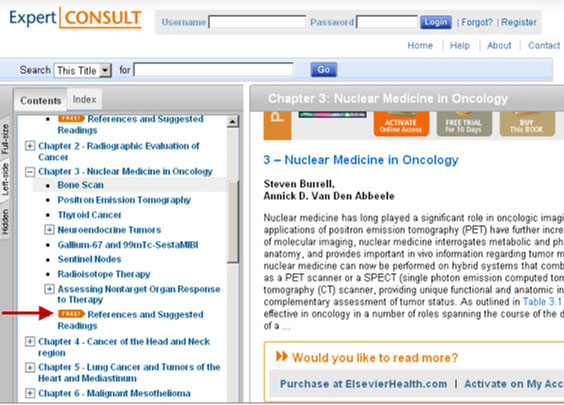
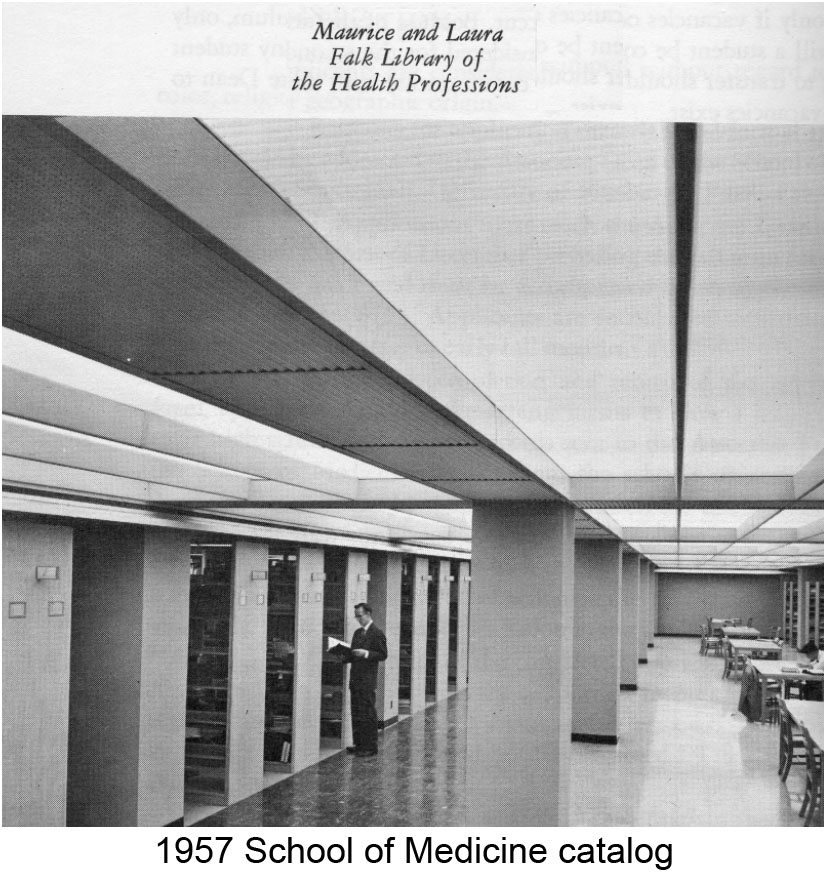 Did you know that the first medical library at Pitt was established in 1912? The library was located in Pennsylvania Hall, as was the medical school. (The original Pennsylvania Hall was demolished in the fall of 1998, and a residence hall was built on that site.) Mabel Crawford Burland was the first librarian and was paid $5 a month. By 1920, the library occupied two rooms in Pennsylvania Hall: one held books in current use and the other had stacks for older materials. From 1920-1938, the medical library was overseen by six different librarians. The library collection in the 1920s contained 3,600 volumes and a small number of current journals.
Did you know that the first medical library at Pitt was established in 1912? The library was located in Pennsylvania Hall, as was the medical school. (The original Pennsylvania Hall was demolished in the fall of 1998, and a residence hall was built on that site.) Mabel Crawford Burland was the first librarian and was paid $5 a month. By 1920, the library occupied two rooms in Pennsylvania Hall: one held books in current use and the other had stacks for older materials. From 1920-1938, the medical library was overseen by six different librarians. The library collection in the 1920s contained 3,600 volumes and a small number of current journals. Friends of France: The Field Service of the American Ambulance Described by Its Members. Boston: Houghton Mifflin, 1916.
Friends of France: The Field Service of the American Ambulance Described by Its Members. Boston: Houghton Mifflin, 1916.